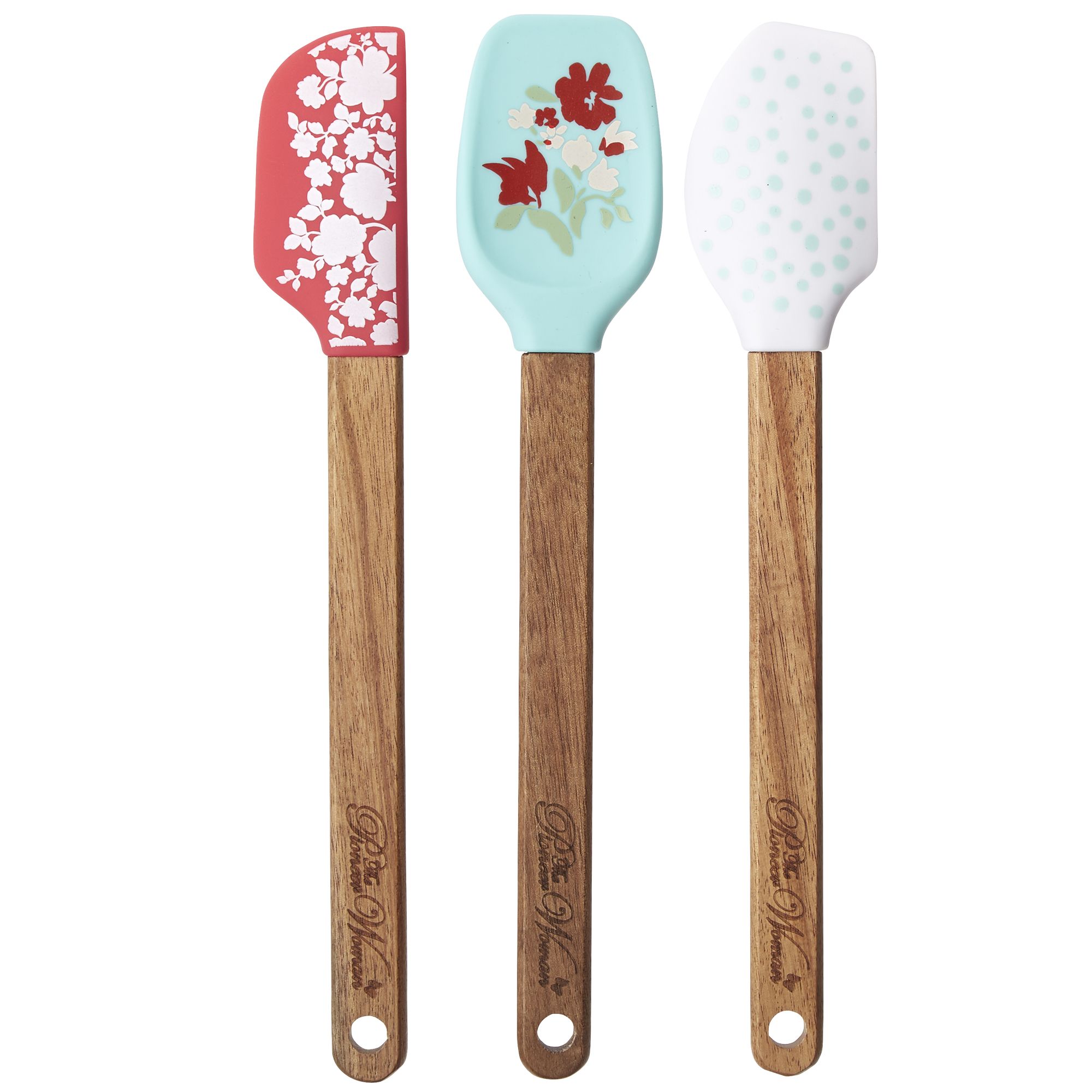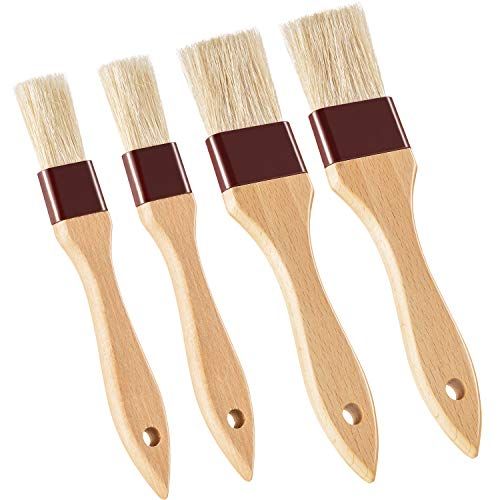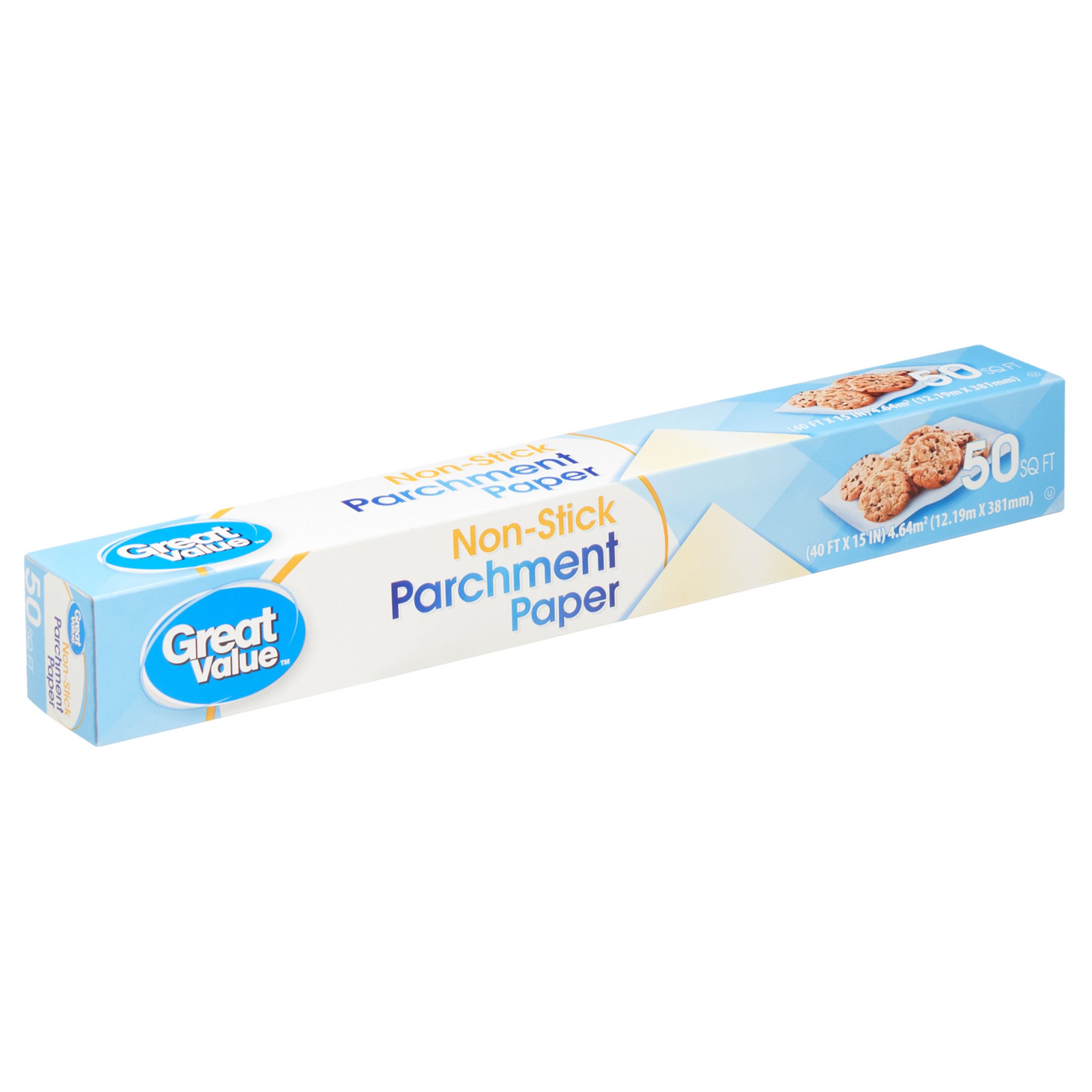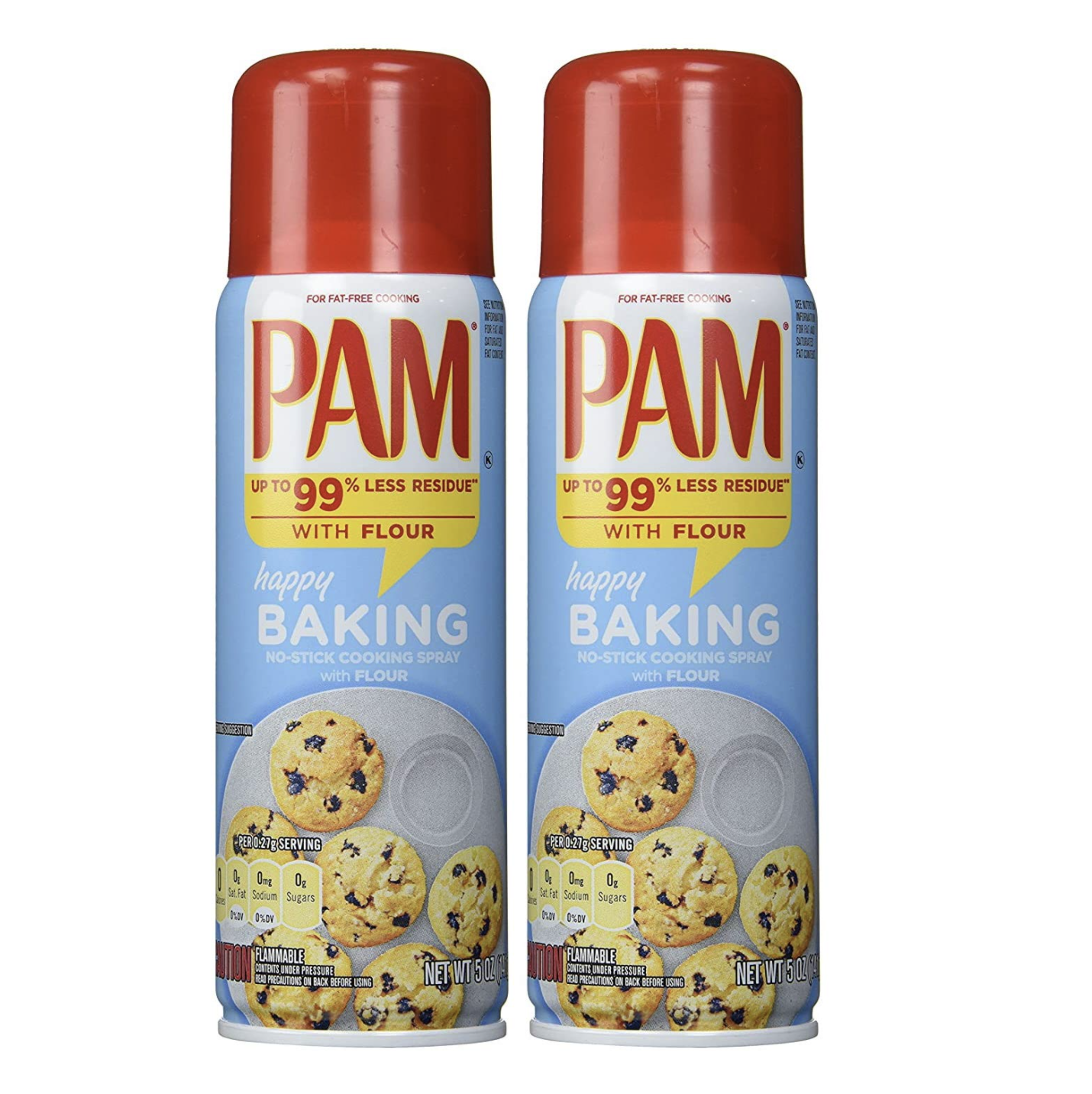Cake Easy to Remove From Baking Pan
Baking a cake from scratch is incredibly satisfying unless, of course, your cake doesn't behave as expected! We've all been there: you take your homemade cake out of the oven, it looks and smells amazing, and you're feeling pretty proud... until you try to remove it from the pan. And that's when everything starts to crumble. Don't worry, you just need to know how to get stuck cake out of a pan, plus how to keep it from sticking in the first place!
No matter what kind of cake you're making—a rustic, can't-go-wrong number like Ree Drummond's Chocolate Strawberry-Nutella Cake or a more formal stack like her Coconut Layer Cake—a stuck cake can be super frustrating. Good news, though: all is not lost! Even if your cake sticks, you can still save it. Read on and we'll break it down: how to remove a cake from a pan, what to do if it's stuck, and how to prevent it sticking next time!
This content is imported from poll. You may be able to find the same content in another format, or you may be able to find more information, at their web site.
How to Remove a Cake from a Pan
Let it cool.
Unless your recipe specifies otherwise, let the cake cool completely to allow the structure to solidify. Cooling the cake on a wire rack speeds up the process, as it allows air to circulate underneath the cake pan as well.
Also, it's worth mentioning that you should make sure your cake is fully baked (a toothpick should come out clean and the top should spring back to the touch). An under-baked cake will be tricky to remove intact.
Loosen the edges.
Run a thin, sharp knife or offset spatula along the edge of the cake to loosen it. Do this slowly and take care to not cut into the cake.
Invert the cake.
Now it's time to flip that pan over and hope for the best! Find a serving platter, plate or wire cooling rack large enough to hold the cake. Next, cover the cake pan with the inverted platter, then hold them together securely and invert—the cake should pop right out.
What to Do If Your Cake Is Stuck
Give it time.
If you invert your cake and it doesn't pop out, give it a minute: Let the cake sit inverted and try gently tapping the inverted bottom of the pan or shake the pan slightly to see if these movements help release the cake. Hopefully gravity will come to the rescue.
Heat it or chill it.
Extreme heat or cold can help your cause: Try wrapping the inverted cake pan bottom in a kitchen towel soaked in hot water—the heat may help loosen the cake, prompting it to fall out. Conversely, set a bowl of ice-filled water on top of the inverted pan, as the chill may help solidify the bottom of the cake; this may help it fall out or set up the cake bottom. You can also try freezing the cake: Cover it tightly with plastic wrap and freeze until firm, then try inverting and tapping it out. Its frozen state allows you to be a bit more aggressive with the tapping and prying without hurting the cake. Run a small rubber spatula along the sides and even slightly underneath to help pry out the cake.
Squeeze out the cake.
Consider this a last-ditch effort: After loosening the edges from the pan and trying just about everything else, use two forks or small rubber spatulas to gently squeeze the cake to help it release. Position the utensils across from each other on opposite sides of the pan, then squeeze and lift slightly, gently and carefully, working your way around the pan. Go slow and be patient, as this process may alter the round edges of the cake—nothing a thick coat of frosting can't fix!—but it may also help nudge out the cake. Carefully invert the cake again, keeping your fingers crossed.
Serve it in the pan.
If all else fails, frost and decorate your cake in the pan and serve it scooped straight out of the pan. It may not look the way you originally intended, but it will taste the same! (This even works for a batch of mini bundt cakes.)
How to Prevent a Cake from Sticking
Grease the pan.
Be sure to thoroughly coat the pan, whether it's with butter, oil, shortening, or cooking spray. Use a pastry brush, your fingers, a paper towel or even the wrapper from a stick of butter and make sure you get the corners and edges!
Sprinkle with flour.
After the pan has been greased, sprinkle in a little flour, then tilt the pan every which way so that the flour is evenly distributed. If you're coating a decorative bundt pan, make sure that you've gotten into all of the nooks and crannies. Once the cake pan has been evenly dusted with flour, invert it and tap lightly so the excess falls away. This layer of flour creates an extra lining to prevent the cake batter from sticking.
Line with parchment.
Cut parchment paper to the size of the flat bottom of your pan. Be sure the parchment lies flat—smooth out any wrinkles—before proceeding with the recipe. This is especially easy for a springform pan when making cheesecake.
Grease and flour the parchment.
This isn't totally necessary as parchment is nonstick, but it can help. Grease the parchment and dust with flour, or use a cooking spray that contains flour.
This content is imported from OpenWeb. You may be able to find the same content in another format, or you may be able to find more information, at their web site.
Source: https://www.thepioneerwoman.com/food-cooking/cooking-tips-tutorials/a39992443/how-to-get-cake-out-of-pan/







0 Response to "Cake Easy to Remove From Baking Pan"
Post a Comment